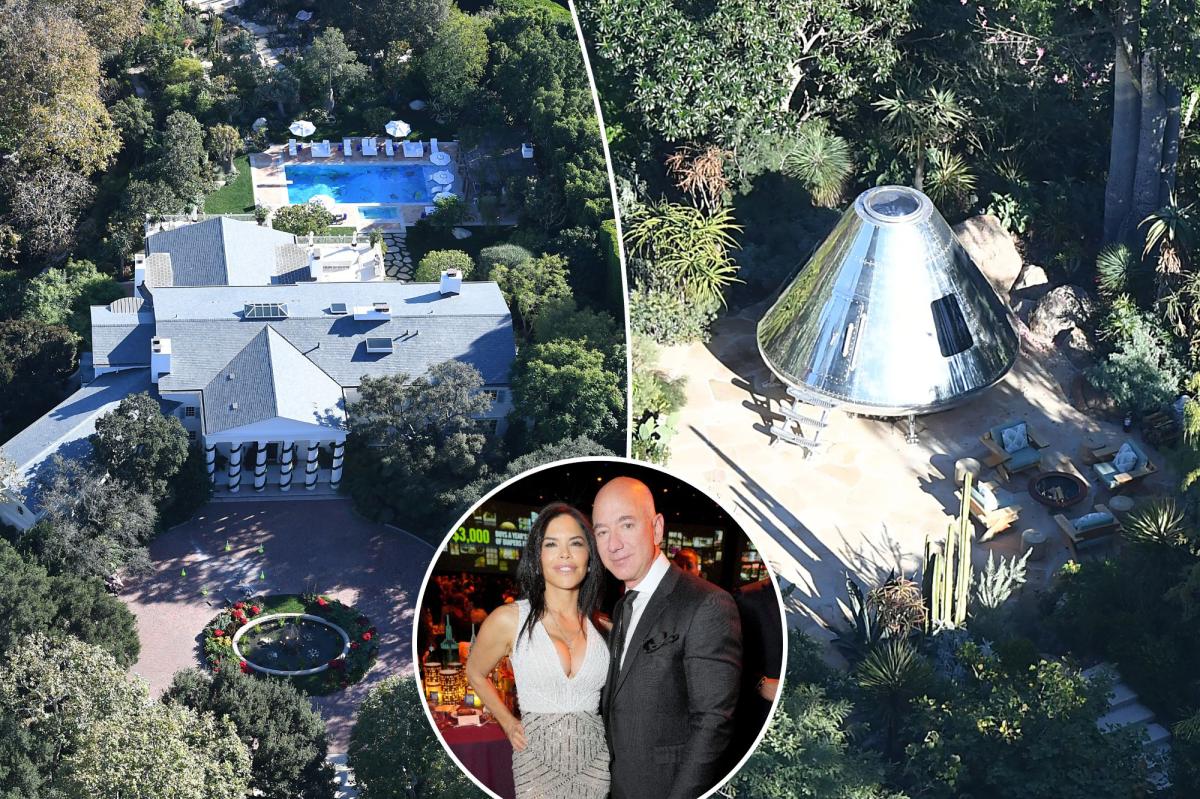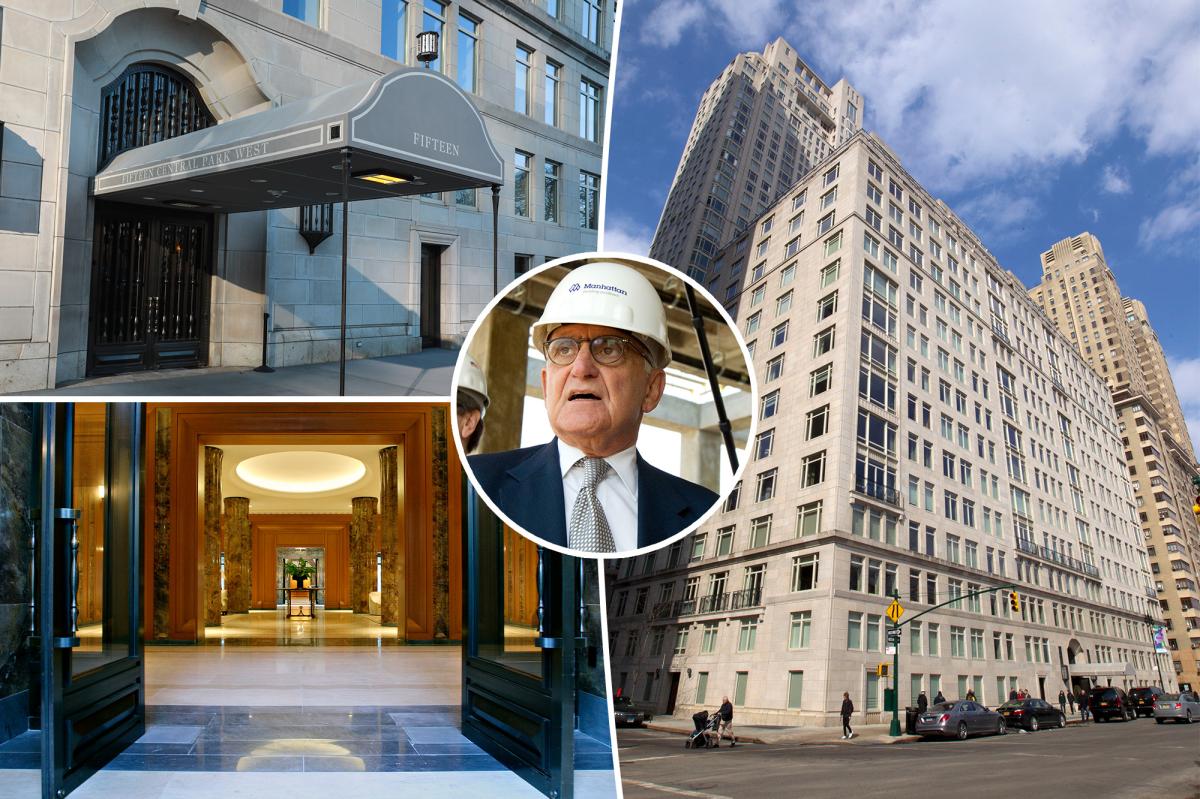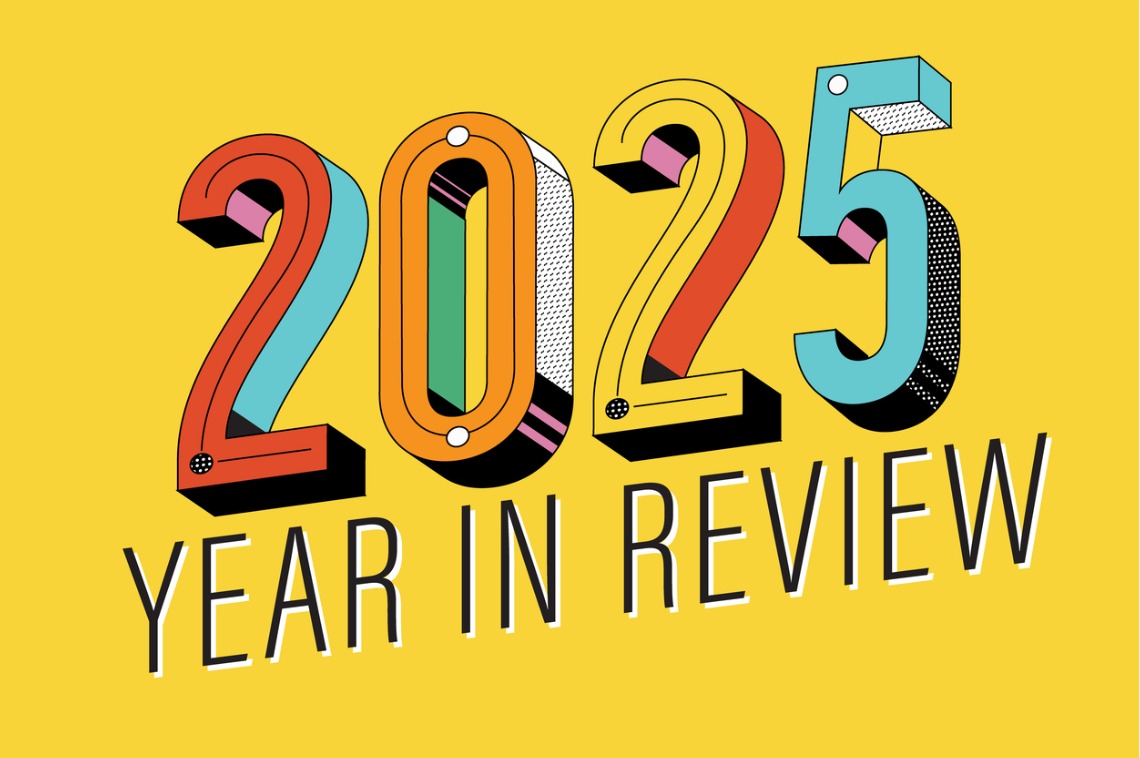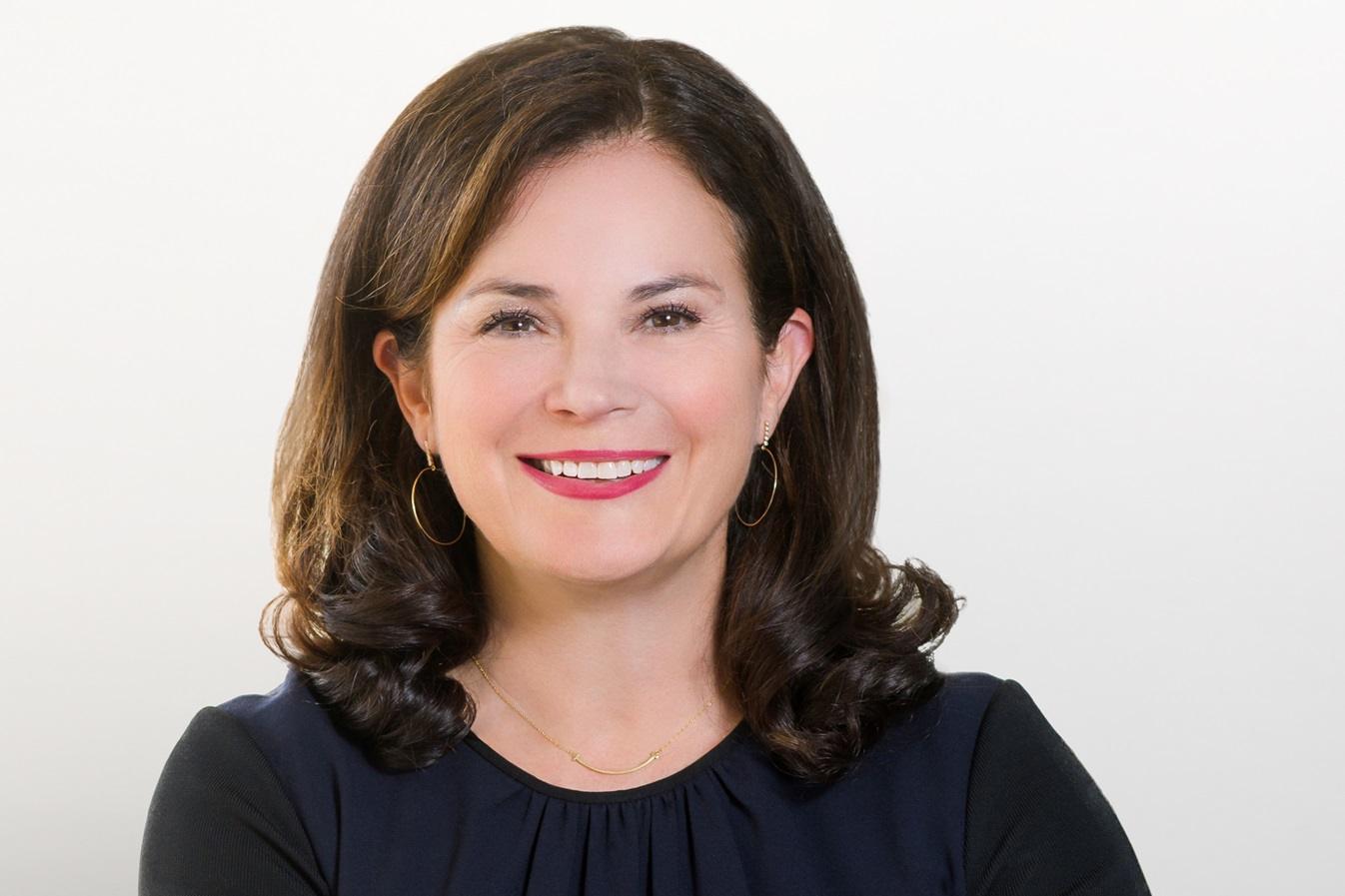R
eal estate investor Manny Reyna owns two tiny homes, including one painted like the Arizona desert. After buying two single-family homes, he added a tiny home to his portfolio and dealt with unexpected costs such as a septic system and electrical installation.
Reyna admits he was underprepared when purchasing his first tiny house. He used a 0% down VA loan to buy his first home in San Antonio in 2021 and later bought a second single-family home using another VA loan. When the opportunity arose to add a fully furnished, 384-square-foot tiny home to his portfolio, he jumped at it.
Reyna's first obstacle was figuring out where to put the tiny home. He had two main criteria: it had to be within a 30-minute drive from his home and in an area with existing foot traffic. A software tool called AirDNA helped him narrow his search, and he eventually settled on an area near Medina Lake.
Reyna secured the land without much upfront cash by using a VLB loan, a program that allows veterans in Texas to buy land with competitive interest rates and low down payments. He paid $65,000 for 1.6 acres of land, which was significantly cheaper than the market price at the time.
To prepare the land, Reyna hired professionals including a land-clearing company, a moving company, and an electrician. His largest expense was installing a septic system, which cost him about $15,000. He also built a deck and added an eight-foot privacy fence around the home that cost about $4,800.
Reyna funded the tiny home relocation and build-out project with rental income from his single-family home and savings from his full-time project management job. He used two credit cards to cover expenses, racking up a roughly $20,000 balance between them. After three long and expensive months developing the land, he reopened his first tiny home for business in July 2023.
Reyna initially listed the tiny home as a short-term rental on Airbnb but now uses multiple platforms and offers it as a mid-term rental. He's found this strategy to be more lucrative than renting to long-term tenants and much easier to manage than short-term stays. Once the first tiny home started profiting consistently, Reyna added a second tiny home to his land.
Reyna is experimenting with other ways to "hack" his land, including adding RV plug and play connections and listing a plot of the land to rent through Sniffspot. Between his current rentals, he says he's on track to earn about $85,000 in 2025. He has classified the tiny home project as a success but would do things differently if given the chance.
![Small house investor earns $1,500 monthly income from $20,000 investment in [location].](https://static.realestate.news/2025/6/4/22158/683f45eec19ab3675c10903b)













